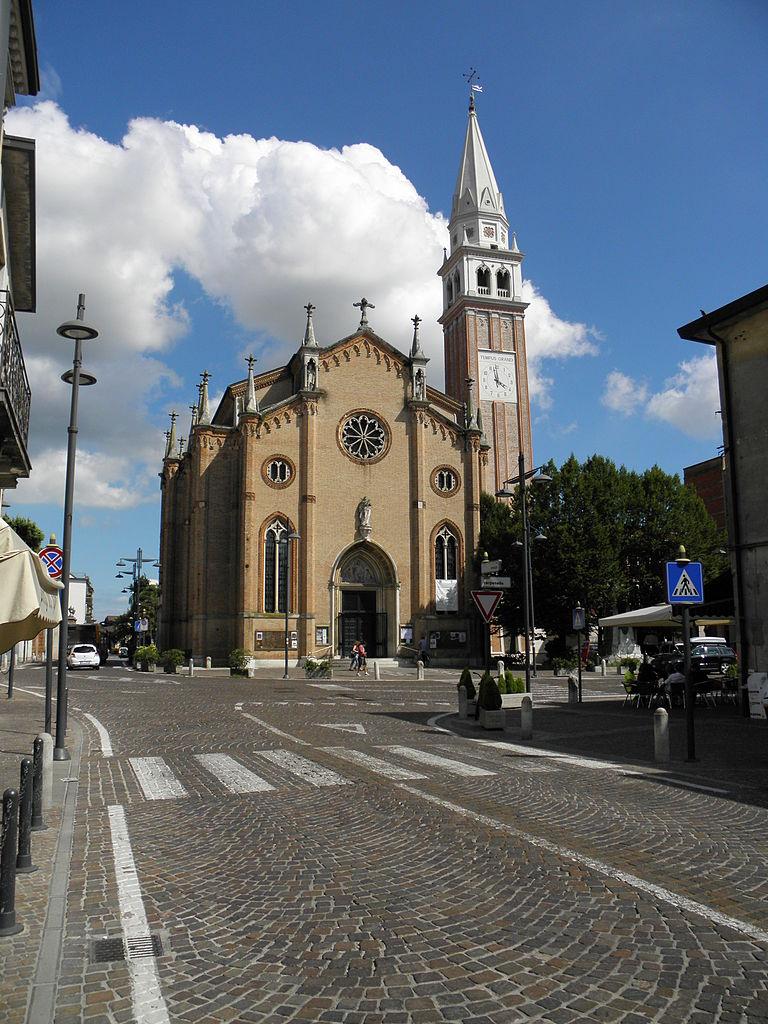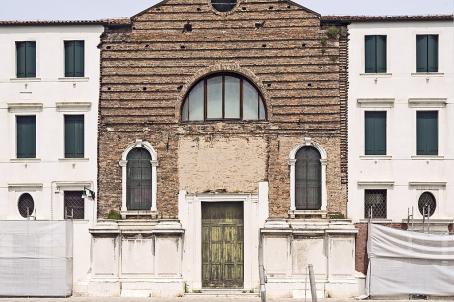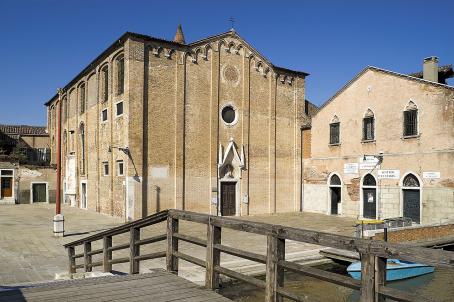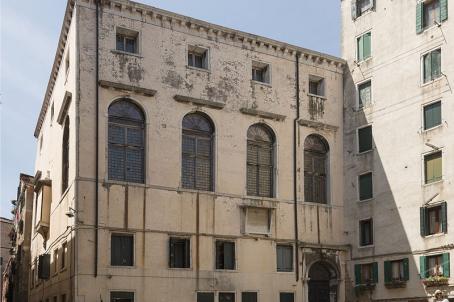Chiesa dei Santi Gervasio e Protasio

The church of Saints Gervasius and Protasius is first mentioned in papal bulls of the 12th century, although the present building dates from the mid-19th century. The present church was built in neo-Gothic style by the architect-engineer Giovan Battista Meduna between 1852 and 1857, consecrated in 1858 (but not actually completed until 1912).





